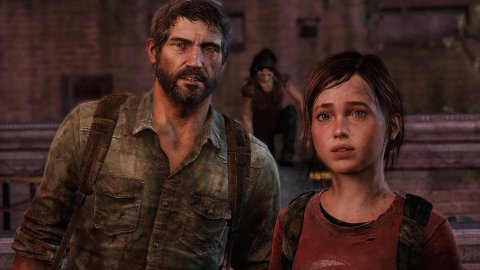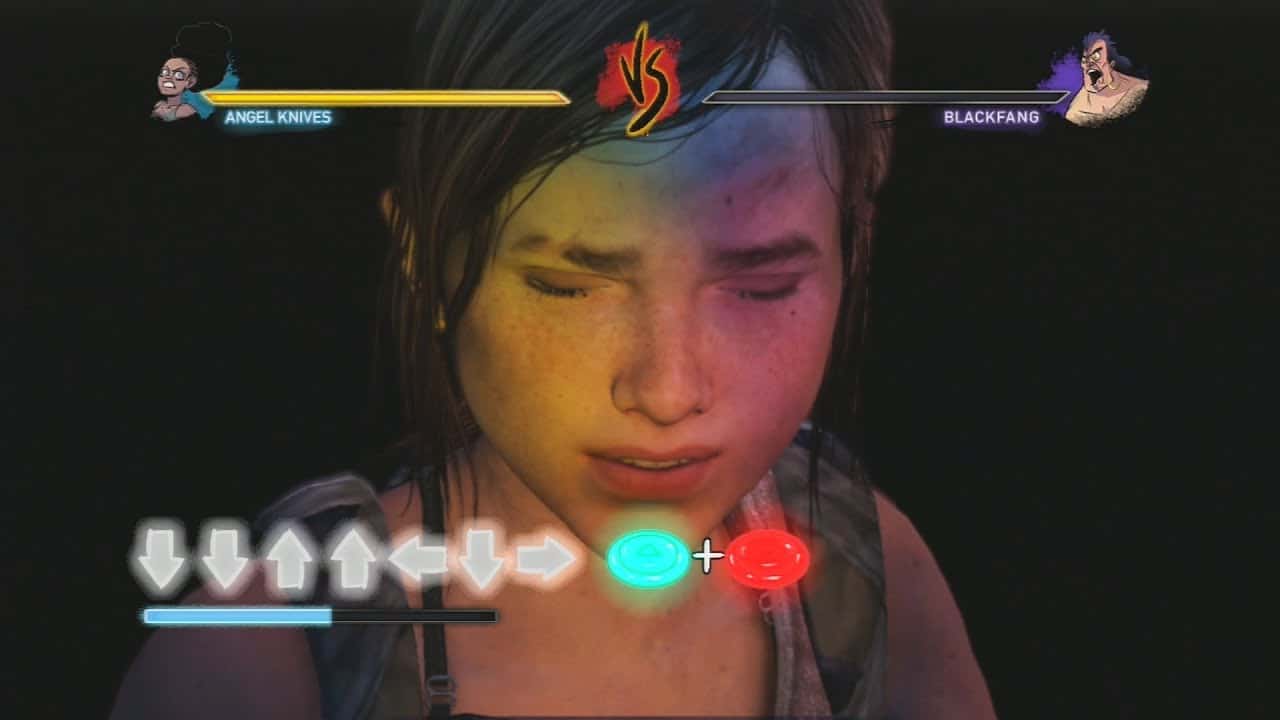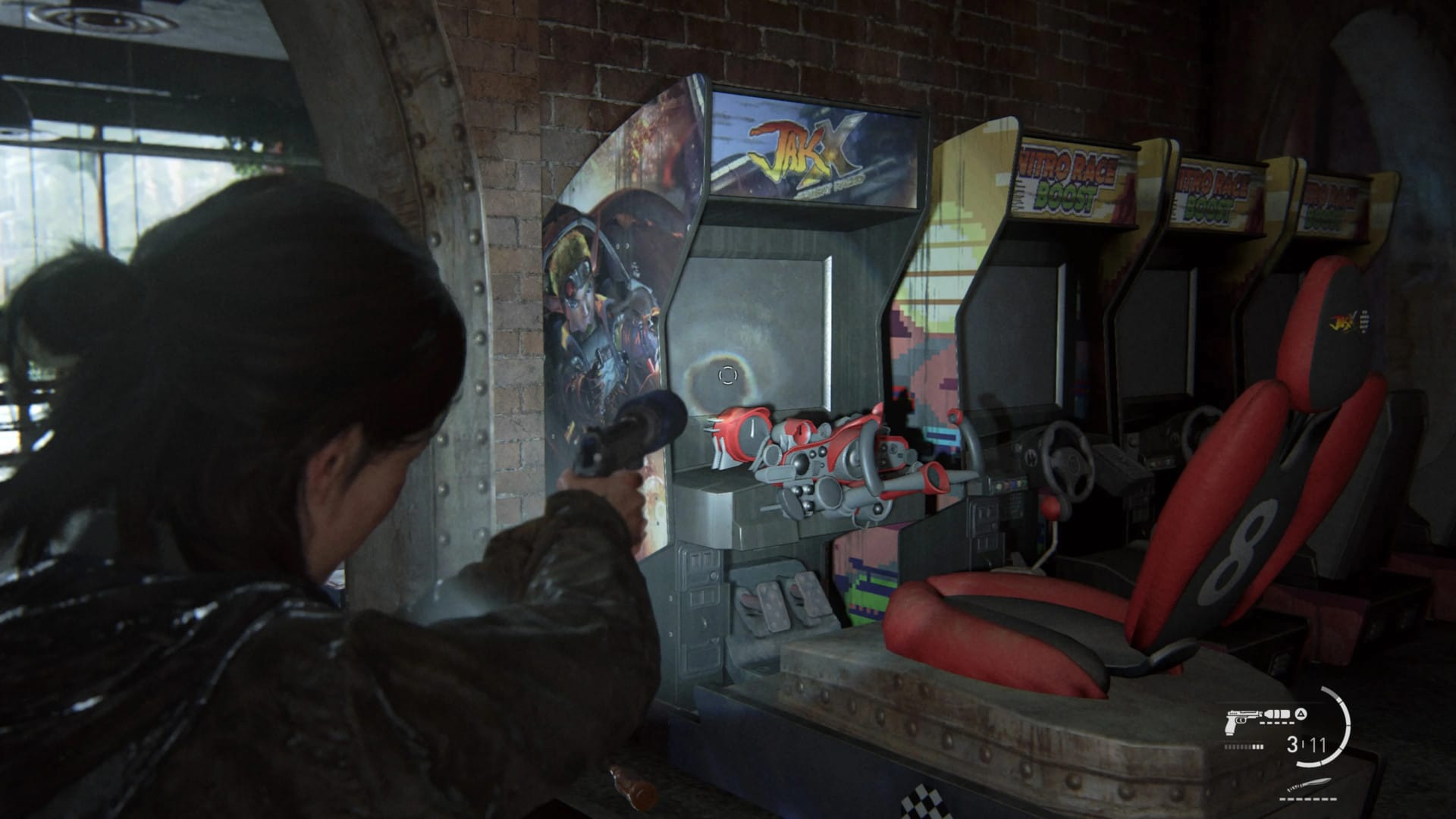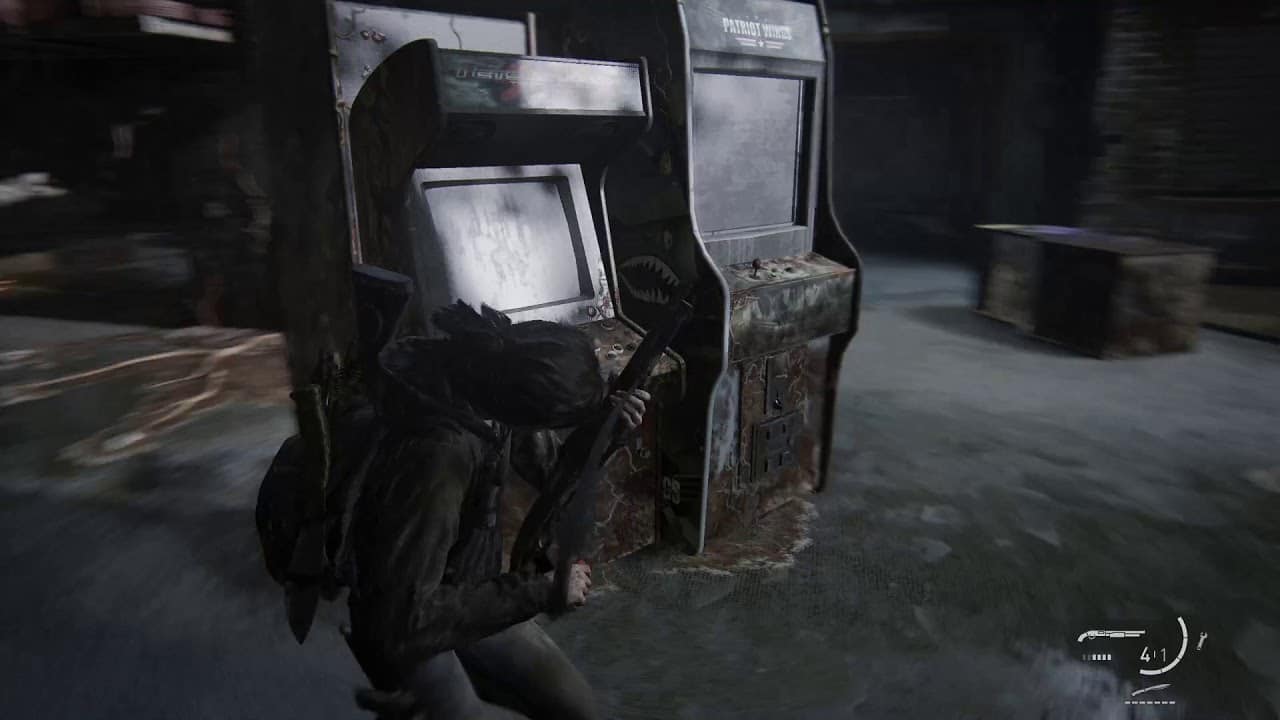The Last of Us, PS5 remake passes from an internal team to Naughty Dog creating discontent

The Last of Us
The remake of The Last of Us for PS5 exists, apparently, and an internal Sony team was working on it that so far has carried out several commissions for the Japanese company, supporting the development of various titles without ever taking any credit. br>This is basically the story of the Visual Arts Service Group, a studio that does not even have an official name but which has contributed in an important way to the success of productions such as Marvel's Spider-Man, with its over 20 million copies sold, and the Uncharted series.
Jason Schreier has come into contact with some people close to the team, who have talked about the discontent generated by Sony's decision to take away the project of the remake of The Last of Us to assign it office at Naughty Dog.
The Last of Us, protagonists Joel and Ellie. According to these sources, this would be the umpteenth confirmation of the fact that the company now seems to trust only certain developers, leaving those involved in contributing to their successes in the shadows and even going so far as to dismantle realities like Japan Studio, unable to make games that are successful outside of Japan.
In the face of this big disappointment, Visual Arts Service Group has seen the farewell of various components, starting with the founder Michael Mumbauer, who however did not want to release any statements on the matter .
According to what Schreier reported, for Sony, making blockbusters that are able to cash in a lot has become a real obsession, which however weighs on the shoulders of the company's small internal studios, set aside and private resources to be able to realize their ambitions.
The Last of Us, a famous artwork with Ellie playing the guitar. In the specific case of the remake of The Last of Us, Mumbauer's team had managed in 2019 to complete a section of the game on the basis of which to justify an investment by Sony for the completion of the project, an investment which, however, was never made.
According to Schreier's article, the newly appointed head of PlayStation Worldwide Studios, Hermen Hulst, was not convinced of the operation, which in his opinion would have cost too much due to the need to create a new engine graphics and more.
At that point the project was paused due to force majeure: Visual Arts Service Group was supposed to help Naughty Dog to refine the experience of The Last of Us 2, which was just postponed to 2020.
The Last of Us Part II was also made with the help of various internal Sony teams. Once this assignment was completed, we started talking about the remake of The Last of Us, but things took a different turn. While some Naughty Dog developers were initially assigned to the project as support staff, at some point it became clear that the Visual Arts Service Group was no longer directing the work.
They have therefore been discontinued abruptly the dreams of glory of the internal studio, which at that point inevitably began to lose pieces. As far as we know, what's left of the team is currently busy collaborating on the much desired remake, but still as a support developer.
Source Did you notice any errors?
The Last of Us Part II’s Arcade Is a Monument to Moving On
The following contains spoilers for The Last of Us and The Last of Us Part II.
There’s something fascinating about in-game arcade machines, whether they’re playable or not. Even if they’re little more than an attractive chunk of scenery, they offer a tantalizing glimpse into a game’s wider world, especially if they exist only in the imagination of the game’s designer. Everyone and their dog has heard of Pac-Man and Street Fighter II, but what fictional divergence led to Super Turbo Turkey Puncher 3 and Gobble Boy?
So, given that The Last of Us Part II contains such quality gags as a “Smash Brandi’s Cooch” (a mucky play on Crash Bandicoot), you might expect its arcade to be wall-to-wall puns, an oasis of humor in a desert of horrible, unrelenting misery. Instead, there’s another reason that its amusement arcade stands out, and I’m not talking about the bloater that lives in the basement. Part II’s arcade is both a monument to moving on and a heartbreaking reminder of the happiness Ellie once had. It’s doubly distressing if this is your second playthrough and you’re all too aware how Ellie’s story is going to end.
To underline why the arcade is so important, you have to revisit The Last of Us: Left Behind. This mini-episode gives us a glimpse of Ellie’s life before Joel and of her relationship with fellow survivor Riley, before Riley succumbed to The Last of Us’s infection. A significant chunk of the DLC occurs in an amusement arcade and displays the lengths Riley is willing to go to bring Ellie joy.

Have you ever walked into an arcade and been dazzled by the lights, sound, and sheer array of games on offer? Now imagine having never, ever seen such a spectacle before in your life. This is the glorious sight that greets the pair after Riley restores power to the mall they are visiting. But the brawler she wanted to experience, The Turning, is broken.
Undeterred, Riley has Ellie close her eyes and, narrating each action, conjures up a whole imaginary match, right down to dictating the attacks she needs to use, concluding in an appropriately gruesome fatality. Ellie’s joy is palpable, and shortly after, the pair kiss and resolve to continue their lives together. Even though they are the only two present there, The Last of Us’s world never seemed more alive.
By contrast, The Last of Us Part II’s arcade is a dead place, drowned by Seattle’s rising flood, with no prospect of any of the machines springing to life. So, when you walk upstairs and are faced with a dusty, deactivated The Turning machine, it’s an emotional gut punch. If you weren’t already associating the arcade with the last time Ellie saw Riley alive, you sure as hell are now. Even without the screen’s blue static, you can picture the pair standing there — Ellie with her eyes closed, Riley passionately fabricating the on-screen action.

Sure, Naughty Dog always meant for Riley to die, but playing Left Behind and knowing what Riley meant to Ellie, there was that nagging feeling that there was something you could have done, if you’d turned left instead of right. There’s a hugely satisfying video that has Ellie unleashing infinite fire arrows against the infected horde to protect her girlfriend Dina, standing her ground instead of running. Playing Left Behind I craved something similar, that I could beat the horde back and give the pair the happy ending they deserved.
But while I may not have gotten over Riley’s death, Ellie apparently has, as much as anyone ever can, or the pain has diminished to the point where it’s no longer omnipresent in her life. As she roams the arcade, she barely utters a word, nothing to acknowledge the ghosts that this place might conjure up. Stand her in front of The Turning, and it’s as if you could cut the atmosphere with a knife.
Even innocuous but absurdly monikered machines like Baboon Wrench Jeffrey are callbacks to Left Behind, but she doesn’t reach forward to touch any of the machines or close her eyes and remember her time with Riley. If any memories, harrowing or otherwise, do bubble to the surface, she hides it well.

Ellie’s inaction might seem like a disappointment, whether it’s intentional or by omission on Naughty Dog’s part. From a design standpoint, only those who’ve played Left Behind would know who Riley was, so including a specific reference to her might have led to questions from new players. But for those of us who witnessed the pair’s joy and wanted something better for them, the presence of The Turning is enough of a nod from Naughty Dog.
Sure, you could play the “entitled gamer” card and petition Naughty Dog to patch in a scene where Ellie leaps onto the waterlogged Dance Dance Revolution-a-likes and struts her stuff alongside a spectral Riley. But doing so would be wholly unnecessary; her silence speaks volumes. And it’s the perfect closure for us, that, while Riley hasn’t been forgotten, her loss no longer haunts Ellie as it once did. It means she has the room to move on, to find happiness with Dina. She still knows what’s inside her head could have saved the world, but a fixation with death or joining Riley in death no longer drives her. In theory, it’s a note of hope that, at least, she has the freedom to just live her life.
But even as you walk Ellie out of there, you’re struck either by the terrible foreknowledge of what’s about to happen or, if this is your first playthrough, the stomach-churning feeling that Ellie’s quest is doomed, that with one loss behind her, she’s now being driven to destruction by another. Because the arcade is more than just a negative image of Left Behind’s palace of fun — it’s also The Last of Us Part II in a nutshell. The Last of Us, for all its sins, had an undercurrent of hope, right up until Joel’s final, selfish decision. Part II is so vengeance-oriented that, as it nears its conclusion, it veers dangerously close to parody, and it’s as grim and gloomy as that arcade.
Ellie may have moved on, but it’s too much to hope that she sees where her path is taking her.